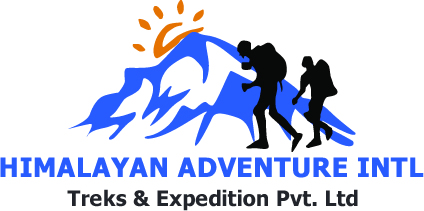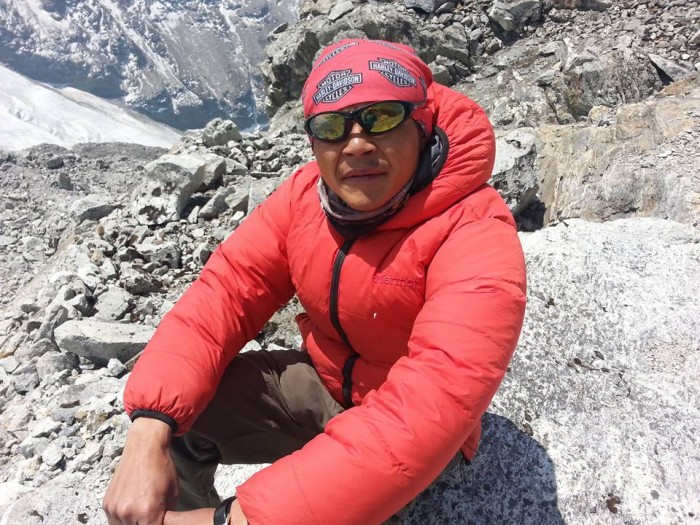North Annapurna Base Camp Trekking Route:
The North Annapurna Base Camp trek is a hidden gem nestled in the majestic Annapurna region of Nepal. Unlike its more popular counterpart, the South Annapurna Base Camp, the northern route offers a more remote and less-trodden path for adventurous trekkers. The journey begins in the quaint village of Khudi, leading through lush forests, and traditional Gurung settlements, and ultimately culminating in the awe-inspiring North Annapurna Base Camp.
The trek takes you off the beaten path, providing an intimate experience with nature and local culture. As you ascend, the landscape transitions from terraced fields to alpine meadows, offering breathtaking panoramic views of the Annapurna and Manaslu ranges.
Trekking Season:
The best time to embark on the North Annapurna Base Camp trek is during the post-monsoon season (September to November) and pre-monsoon season (March to May). During these periods, the weather is relatively stable, with clear skies and moderate temperatures. Spring brings vibrant rhododendron blooms, while autumn offers stunning visibility of the surrounding peaks.
Winter and monsoon seasons are less favorable due to harsh weather conditions and the risk of avalanches. However, for those seeking a quieter trekking experience, venturing during these off-peak times can provide a unique and serene journey.
Challenges:
The North Annapurna Base Camp trek presents its own set of challenges, adding an element of excitement for trekkers seeking a more rugged adventure. The trail includes steep ascents and descents, rocky paths, and high-altitude sections, demanding a good level of physical fitness and acclimatization.
Trekkers should also be prepared for varying weather conditions, as temperatures can fluctuate dramatically throughout the day. Adequate gear, including layers for warmth and rain protection, is essential. Altitude sickness is a concern, so a gradual ascent with acclimatization days is recommended.
History:
The history of the North Annapurna Base Camp trek is intertwined with the broader trekking culture in the Annapurna region. Initially explored by local communities and shepherds, the route gained recognition as a trekking destination in the mid-20th century when international trekkers began discovering the beauty of the Annapurna massif.
The North Annapurna Base Camp trek, being a less-traveled route, preserves a sense of untouched wilderness and cultural authenticity. Local teahouses along the trail offer glimpses into the traditional lifestyles of the Gurung communities, adding a cultural dimension to the trekking experience.
As this trek continues to gain popularity, efforts are being made to balance tourism with environmental conservation and cultural preservation, ensuring that future generations can also enjoy the pristine beauty of the North Annapurna region.

 Plan Your Trip Now
Plan Your Trip Now 


